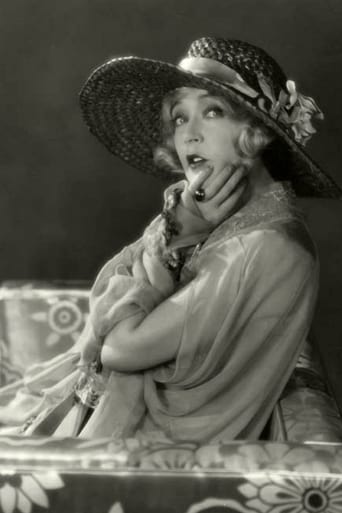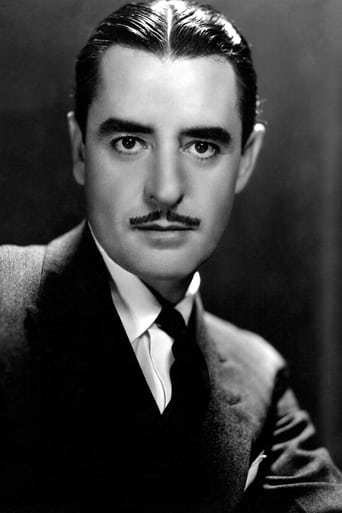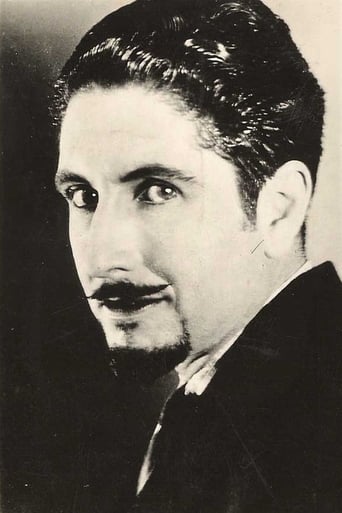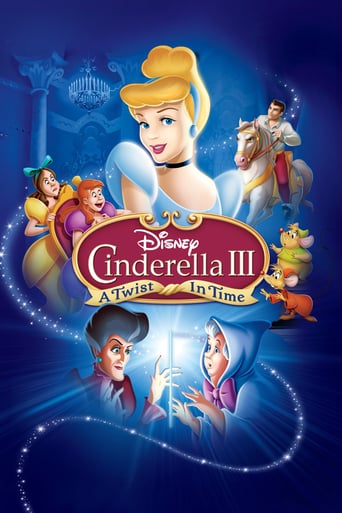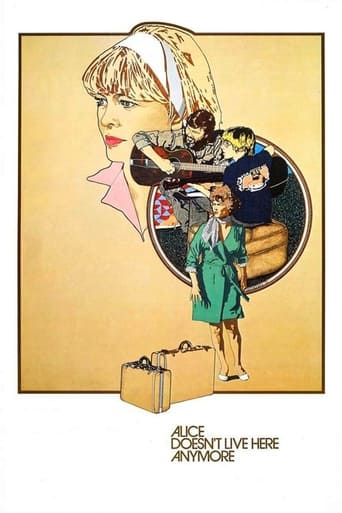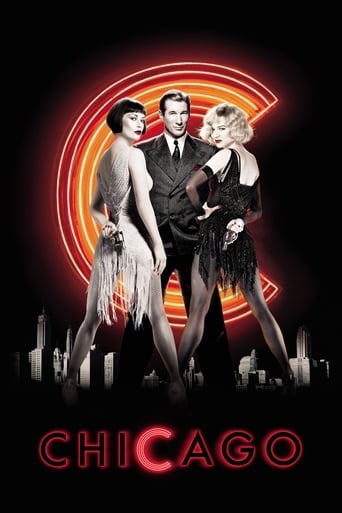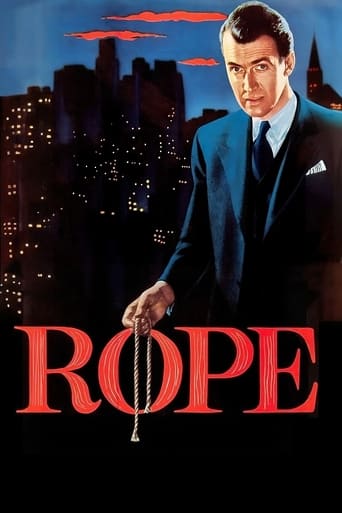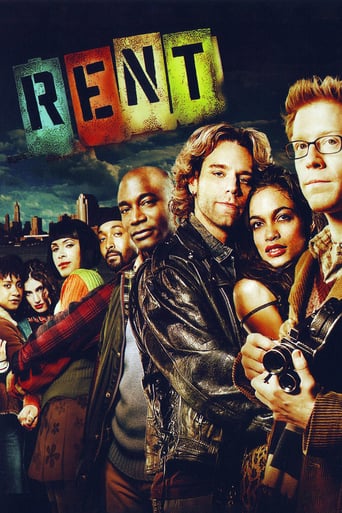
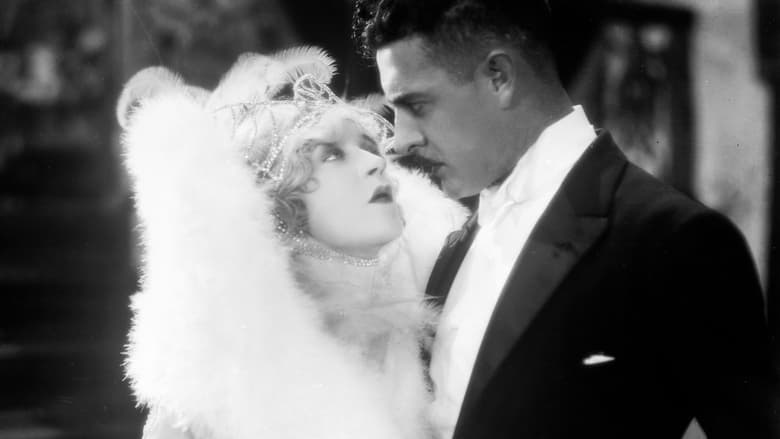
The Merry Widow (1926)
When Prince Danilo falls in love with American dancer Sally O'Hara, his uncle, King Nikita I of Monteblanco, forbids him to marry her because Sally is a commoner. Thinking she has been jilted by her prince, Sally marries wealthy Baron Sadoja. When the elderly man dies suddenly, Sally must be wooed all over again by Danilo.
Watch Trailer
Cast


Similar titles
Reviews
Just perfect...
Good movie but grossly overrated
It was OK. I don't see why everyone loves it so much. It wasn't very smart or deep or well-directed.
Watching it is like watching the spectacle of a class clown at their best: you laugh at their jokes, instigate their defiance, and "ooooh" when they get in trouble.
Von Stroheim comes back with another after "Foolish wives", black comedy, this time about a romance involving both princes of fictional kingdom of Monteblanco. Romance firstly between a prince and a dancer, soon dancer and an old lecherous baron, soon widow and a crown prince How do I make you understand ? Two princessssss or simply princes are through the movie acting like boys in the sandpit, rivals fighting for the prize toy, out of love or out of greed. The object of their affections is rejected, because of the class difference, by Prince Danillo, who still loves her truly. Prince Mirko really starts trying only after our little lady out of anger and out of pity marries a very old and rich baron and soon becomes the merry widow. Very rich widow let me add. It's about people trapped in the knot of aristocratic rules of engagement, woman who cannot speak her mind, it is about stupid pride that makes it impossible to communicate in any relationship and primal pride disabling our males' minds. It is also entertaining and easy to watch until the very happy end. Maybe too happy.
The Merry Widow was first seen by American audiences on Broadway during the 1907-08 season where it ran for 416 performances. For those of us who know it primarily from the sound films with first Maurice Chevalier and Jeanette MacDonald and later Fernando Lamas and Lana Turner, this version will be quite interesting. Let's just say that what was put in the talkies was a lot closer to the stage production. Erich Von Stroheim who directed this film added quite a bit to the story. In fact in the end it isn't quite so merry.Most of the film is taken up with just how Mae Murray became The Merry Widow. She's an American dancer who is stranded in the remote Balkan kingdom of Monteblanco which is ruled by King George Fawcett. In line for the throne is the rakish Roy D'Arcy, a Snidely Whiplash villain if there ever was one. Behind him is his cousin John Gilbert playing Prince Danilo.Murray comes to the attention of both men, Gilbert actually falls for her, D'Arcy would like an occasional roll in the hay, but marry her? There's a third guy out there in Tully Marshall who is the wealthiest man in the kingdom and it's principal banker. He leaves and the whole place goes into receivership. Marshall's an old dude with some alternative sexual interests that Von Stroheim exploits to the fullest on screen and he'd like a young trophy wife and Murray fills the bill.She does become a wife ever so briefly and then of course the Merry Widow having had her fill of royalty. But now that she holds the Monteblanco purse strings, D'Arcy has taken a renewed interest in her and maybe she just might be a suitable queen.I think you can see where this is going though Von Stroheim does tease us a bit with some possible alternatives before the film concludes. The audience of 1925 saw one lavish production that nearly broke the new Metro-Goldwyn studio. We only see about half the footage he shot if that.One thing that Metro did not have to worry about was a soundtrack. The music of The Merry Widow was very familiar to the American public and it's played on the organ throughout the film. Young contract players Joan Crawford and Clark Gable are extras in the ballroom scene and good luck in spotting them. Although in the Citadel film series book on The Films Of Clark Gable there is a still from The Merry Widow where Gable is pointed out.I'm sure John Gilbert little dreamed that in six years Gable would be supplanting him as the number one leading man at MGM. But in The Merry Widow he's a stalwart and resolute Danilo and Mae Murray actually does suggest a bit of what Jeanette MacDonald's performance would be in the first sound remake.In the fate of what happens to D'Arcy's character, Von Stroheim opts for some realism in terms of the European scene of the past 25 years or so before the film debuted. In fact very little of the happy tone of The Merry Widow is preserved here. The film given how Murray got her millions ought to be retitled, The Trophy Widow.Still it's an interesting alternative to the normal operetta productions we're used to seeing.
It may be a matter of taste but as much as I like and admire Erich Von Stroheim work before and behind the camera, his reputation as a `genius' doesn't seem justified by the films themselves.Certainly Merry Widow is filmed with great style and the opulent design is certainly diverting. Also the decision to turn the story from light opera to fairly heavy drama is completely in keeping with Von Stroheim 's own rather cynical outlook. But I find his obsessive dwelling on details can make for a slow and even tedious viewing experience, especially in the first half which seems to spend an inordinate amount of time setting the relationship between the dashing, irreverent but humanist Prince Danilo Petrovich (Gilbert - in wonderful form) and the pompous, tight lipped and distinctly perverse Crown Prince Mirko (Roy D'Arcy).with scenes prolonged far longer than their dramatic weight justifies. Also where the film attempts a lighter tone, the effect is of a concrete soufflé, with every glance and double entendre painfully spelt out.However this is still a satisfying film as a whole, especially in the second half where we finally have some DRAMA. Here in sequence after sequence we finally start to understand Von Stroheim's reputation as he examines the decaying Royal family under a particularly unflattering microscope. The tryst with the blindfolded musicians is a particularly memorable scene. Having heard of Mae Murray's terrible treatment of the Von and others in her career, I had a tough time warming to her in this, but I have to admit she gives a great performance as Sally O ' Hara, an innocent who's mistreatment at the hands of the family almost ruins her life. Roy D'Arcy makes an indelible impression as the creepy Mirko, his every gesture filling one with disgust.But for my money it's Gilbert's work that makes this film worthwhile. One of the very finest of silent actors, the expressiveness of his eyes, the tenderness of his playing and bearing throughout make his character completely convincing and his torment over loosing Sally a felt and poignant loss.
So much has been written about this picture that it is impossible not to see Von Stroheim's strange genius in it. I, for one, was brought up too conventionally to appreciate the recurring shots of feet - dancing, jumping, caressing, kicking - but it didn't get in the way of the story. It all takes place in their eyes - Mae Murray and the wonderful John Gilbert, so beautifully paired. The sparks fly, the seduction scene with the two blindfolded musicians sets the scene, and when he would seduce her...she cries, and he falls in love.The responsibility of royalty and the greed of nations come between the lovers, but they come together again, and in the dance all is resurrected. A war of wills, of mistaken feelings and misunderstanding is what they talk about while their bodies move as one. I can hear the music still, see them, his incredible dark eyes riveted on her in all moods:successively amused, then tittilated, finally adoring, hungry; bereft, angry, and finally - consumed and satisfied.It's a lovely film, even with the feet, and John Gilbert gives a wonderful performance. Mae Murray, who could cry for her own purposes and succumb when every woman in the audience was hoping for their union, was his match.It's more than big, glorious MGM - it's a good story with strong characters. See it - on the big screen if you can, but see it in any case.!


